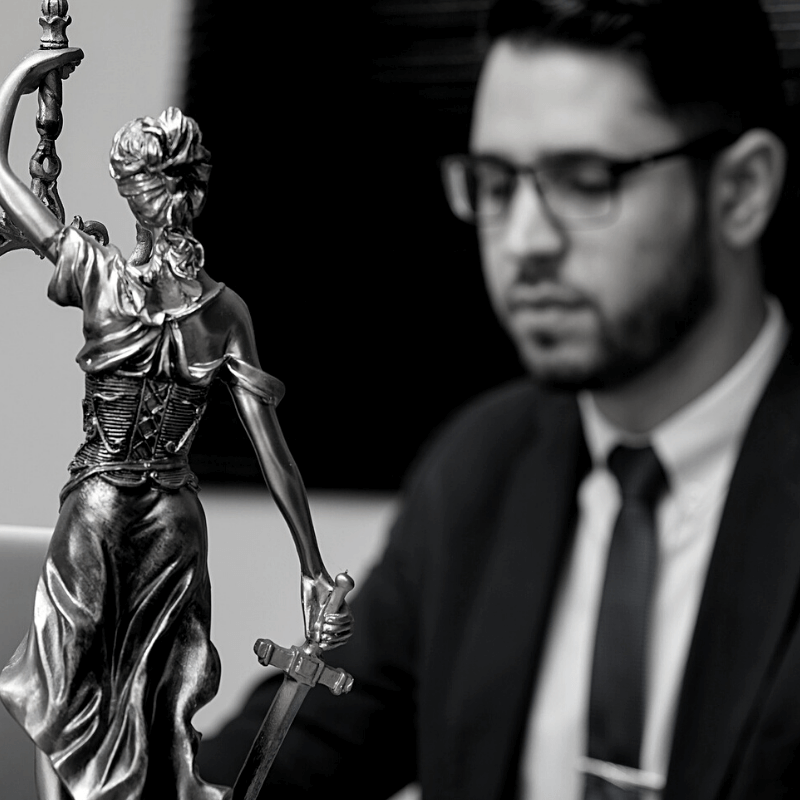
Top_ 10_ Tax_ Saving_ Tips_ for_ Barristers
- Share_

With the tax year ending shortly and with energy bills and the general cost of living increasing, nobody wants to pay any more tax than they must. Therefore, we have collated our top ten tax tips that you should review before 5 April 2022.
- Have an idea of your income for the tax year
We may have set you up with a non-fiscal year aligned accounting period such as 30 April, instead of 31 March or 5 April. By having this year-end, it assists in calculating year-end profits in advance of the tax year-end. This provides the opportunity to be able to advise you of your upcoming tax liabilities for a year in advance, so you that you know how much money you should have saved for tax. We can also advise you whether you should be making a pension contribution to shift you into a different tax bracket.
If you have a tax year aligned year-end, we can still prepare a projection for you, to give you an idea of your likely profits for the year and give you an informed idea of whether a pension contribution would be advisable and/or your future tax liabilities.
- Making a pension contribution
Individuals are entitled to make net pension contributions of £2,880 (£3,600 gross) each tax year, regardless of their income levels. Individuals are entitled to an annual allowance of £32,000 net (£40,000 gross) each tax year but are restricted to the level of income in that tax year. If your income is more than £240,000 then the annual allowance is tapered down to a minimum of £3,200 net (£4,000 gross) when income is at £312,000. The difference between net and gross is that net is the amount you pay, and the extra amount is the government top-up of 20%, which gets added to your pension pot. If you are a basic-rate taxpayer, this is all the tax relief you will receive. However, if you are a higher rate or additional rate taxpayer, you will receive further tax relief via your Tax Return. The tax relief is received by increasing your basic rate band by the gross pension contribution.
If you have family members who do not already have a pension scheme, you can make a pension contribution for them up to £2,880 net (£3,600 gross) to get them off the mark.
For example, if your total income was £60,000, you would be paying 20% tax up to £50,270 and 40% thereafter. However, if you decided to make a pension contribution to stem the gap between £50,270 and £60,000, which would be £9,730 gross (£7,784 net), this would bring all your income into the basic rate of tax. There is also a further potential to save tax if you are in receipt of child benefit, as moving back into the basic rate tax band would mean that you wouldn’t be required to repay it.
Double Win
There is also a scenario where you can “have your cake and eat it” when income is hovering around and above the £100,000 amount. In addition to increasing the basic rate tax band, pension contributions can also have a positive impact on your personal allowance. Normally, when income goes above £100,000 you start losing your personal allowance £1 for every £2 you go over, until eventually, you lose it all. Therefore, if your income were to go up to £125,140, you will have lost your personal allowance entirely. However, if you were to make a gross pension contribution of £25,140 (£20,112 net) this also has the effect of decreasing your adjusted net income down to £100,000 and reinstates your personal allowance in full. The marginal rate of tax between £100,000 and £125,140 is 60% and so there is a potential to save a large amount of tax.
Unused allowances
Once you have opened a pension scheme, if you don’t use all your annual allowance for a given tax year, you are allowed to carry it forward and then use it in a later tax year. You can go back three tax years and use allowances and therefore can potentially make large contributions at once. However, it is on a sliding scale and so if it is left unused, then you will lose it.
- Inheritance tax planning
If you are getting to a stage in your life where you are considering how to pass down your money to your children/family members, there are a few allowances that are useful to be aware of:
- Annual gift – Each individual is allowed to gift a total of £3,000 in a tax year for it to not be considered towards part of one’s estate. If it is not used in one tax year, it can be carried forward to the next tax year.
- Small gifts – £250 can be gifted to as many individuals as you like within a tax year. This cannot be combined with other exempt gifts.
- Wedding gifts – Up to £5,000 for parents; £2,500 for grandparents and £1,000 for all others.
There is also an unlimited allowance of giving gifts out of normal expenditure. This is particularly hard to judge and if you wanted to use it, it would be advised that you make a list of your normal expenditure and demonstrate that the number of gifts given still left you with enough money to live to your normal standards.
- ISAs
Everyone has an ISA allowance of £20,000 each tax year. The benefit of ISAs is that they aren’t taxable for income tax or capital gains tax. With interest rates increasing, ISAs may be the right way to go back to for sheltering cash from tax. Alternatively, shares in companies and funds can be purchased via a stocks and shares ISA.
If you have children or grandchildren, you may consider putting money into a Junior ISA for them, as these tend to attract higher interest rates than a normal bank account. This also avoids the trap of if a child earns more than £100 in interest (when a parent has put money into a bank account), the parent is required to declare that interest on their Tax Return, as if it were theirs. The junior ISA allowance is less than an adult one of £9,000.
- Tax beneficial investments
There are certain types of investments that can be made, that attract tax relief. Investments made into Enterprise investment schemes (EIS); Seed Enterprise investment schemes (SEIS) and Venture Capital Trusts (VCT) attract 30% for EIS and VCTs and 50% for SEIS. They are risky investments and in turn offer the tax breaks for doing so. These companies are typically start-ups, however, there have been success stories such as Fever Tree. Please note that you should always be aware of the risks before investing in companies.
- Charitable donations using gift aid
People often wonder why we request details of their charitable donations made under gift aid. The simple reason is that if you are a higher or additional rate taxpayer, you will receive additional tax relief via your Tax Return. Gift aid payments work in a similar way to pension contributions in that they increase your basic rate band and decrease your adjusted net income, if over £100,000. If you don’t already tick the box for gift aid and are a taxpayer, we would advise that you do in future. Not only do you benefit, but the charity benefits, as the amount you pay gets topped up by the government by 25%. For example, if you make an £80 contribution, the charity will receive £100.
- Marriage allowance
There are several benefits to being married and for tax purposes, even more. One benefit is that if within a married couple one person has income below the personal allowance (£12,570) and one has income within the basic rate band (up to £50,270) then the person who has income below the personal allowance can transfer 10% of their personal allowance to the higher earner. This can potentially save £251 in tax per year.
- Capital gains tax annual exemption
Every individual also has an annual exemption for capital gains tax of £12,300. Therefore, if you have large investment portfolios or property portfolios, you may want to consider disposing of them to make use of your allowance. This also comes in handy, if you are married, as between a couple you would have £24,600 to use and as a married couple, you can make use of the transfer for no gain/no loss between each other. Therefore, if you had a shareholding that was going to produce a gain of £20,000 – instead of holding all under one person’s name, you could transfer some of the shares before disposal to your spouse to utilise their annual allowance and subsequently pay no additional capital gains tax.
- Rental expenses
For the past few tax years, rental income and expenses moved from the accruals basis to the cash basis and so now income and expenses are recorded when income is received and expenses incurred. Therefore, if you are planning large expenses, it may be wise to get them in before the end of the tax year, so that they can be offset against this year’s income and in turn reduce your tax liability. You should also look to record as many expenses as possible to offset against your income. With the sharp increase in petrol/diesel costs, you may want to log your travel expenses to and from when you visit the property.
- New car
You may be considering purchasing a new car, which you plan to use for business. Buying a brand-new electric car with zero emissions can be a great tax efficient tool. If it meets the criteria, the cost can be offset in full against your business profits (pro-rated for your business use). The timing of buying this will be related to your accounting year end, which may not the same as the tax year end.


- Share_


